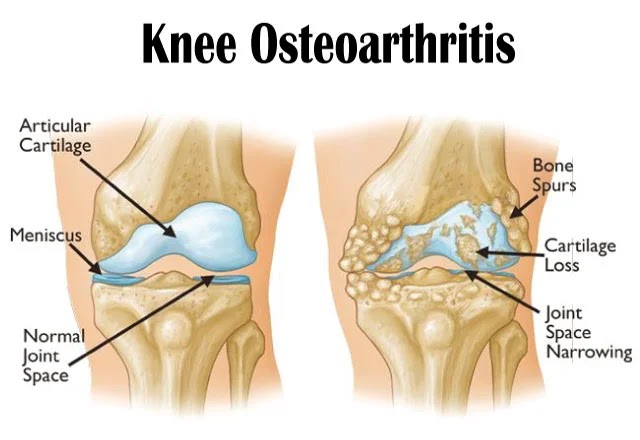Knee Osteoarthritis: Symptoms and Physical Therapy Treatment
Knee osteoarthritis, or degenerative knee arthritis, can develop as the result of an injury to the joint, but it’s also frequently experienced by individuals who have a family history of arthritis or who are overweight or obese. Knee osteoarthritis can be very painful, which can make activities like walking or climbing stairs difficult or even impossible to do comfortably. Fortunately, knee osteoarthritis does not have to be debilitating if you seek treatment from a physical therapist.
What Is Knee Osteoarthritis?
Knee osteoarthritis is a degenerative joint disease that most often affects people over the age of 50. The condition is caused by the breakdown of the cartilage that cushions the knee joint. This can lead to pain, stiffness, and decreased range of motion in the affected joint. The symptoms may be worsened by sudden or repetitive movements like jumping or squatting.
what are the risk factors for knee Osteoarthritis?
There are many risk factors for knee osteoarthritis, including age, obesity, prior joint injury, overuse of the joint, and genetics.
What are the symptoms of knee osteoarthritis?
The most common sign of knee OA is ache. The pain may be worse when you move your knee, climb stairs, or stand for long periods of time. Other symptoms include stiffness, swelling, and a creaking or grating sensation when you move your knee. Some people with knee osteoarthritis also have a decreased range of motion in their knee joint.
5 Must-Do Exercises To Treat The Disease
If you have knee osteoarthritis, there are certain exercises you should be doing to help treat the disease. Here are five of the most important ones
-Stretching your hamstrings with a towel or by lying on your back and bending one leg up at a time
-Working on your glutes with squats, lunges, bridges, and hip thrusts
-Strengthening your quadriceps muscles with straight leg raises (lay on your stomach) or using an exercise ball
-Increasing the range of motion in your ankles by pointing them outwards while sitting down -Performing calf raises (stand on a step) or ankle pumps (lay down flat on your back)
-Gently stretching your plantar fascia by taking a walk and pointing your toes downward as you walk -Lengthening your IT band with seated IT band stretches
In addition to these exercises, it is very important that you wear proper footwear when walking around. The best shoes for someone who has arthritis in their knees are those that have cushioned soles for shock absorption and that offer stability for both heel strike and toe off phases of gait.
How Can I Reduce the Risk Of Developing knee Osteoarthritis ?
Osteoarthritis is a degenerative joint disease that affects millions of people in the world. While there is no cure for osteoarthritis, physical therapy can help to manage the symptoms and slow the progression of the disease. There are several things you can do to reduce your risk of developing osteoarthritis, including maintaining a healthy weight, exercising regularly, and avoiding injury to your joints. If you have had an injury to your knee or other joints in the past, it's important to seek treatment immediately so that scar tissue doesn't form around the area and make it difficult for movement. Physical therapists may recommend exercises such as swimming or cycling to strengthen your muscles and improve balance.












No comments:
Post a Comment